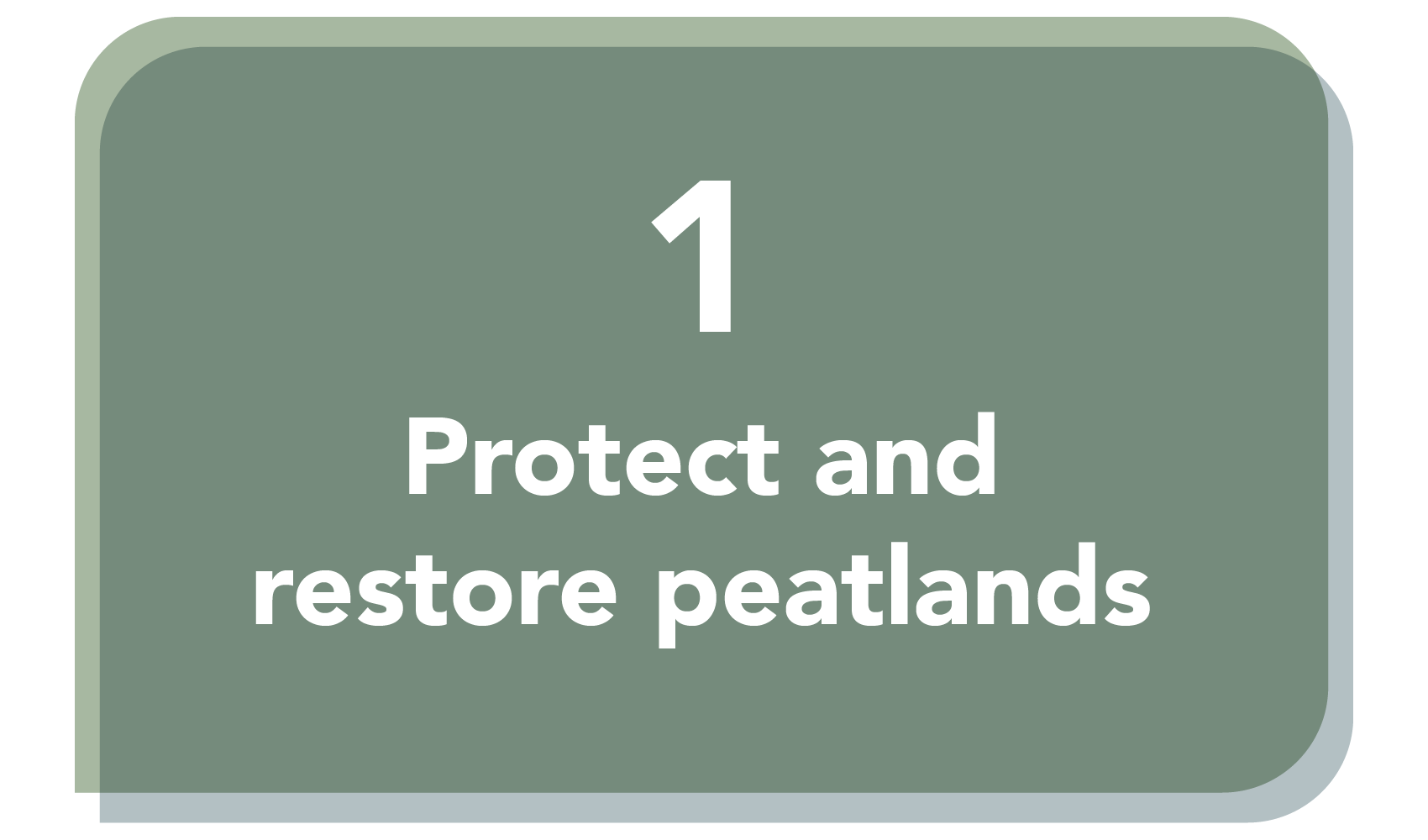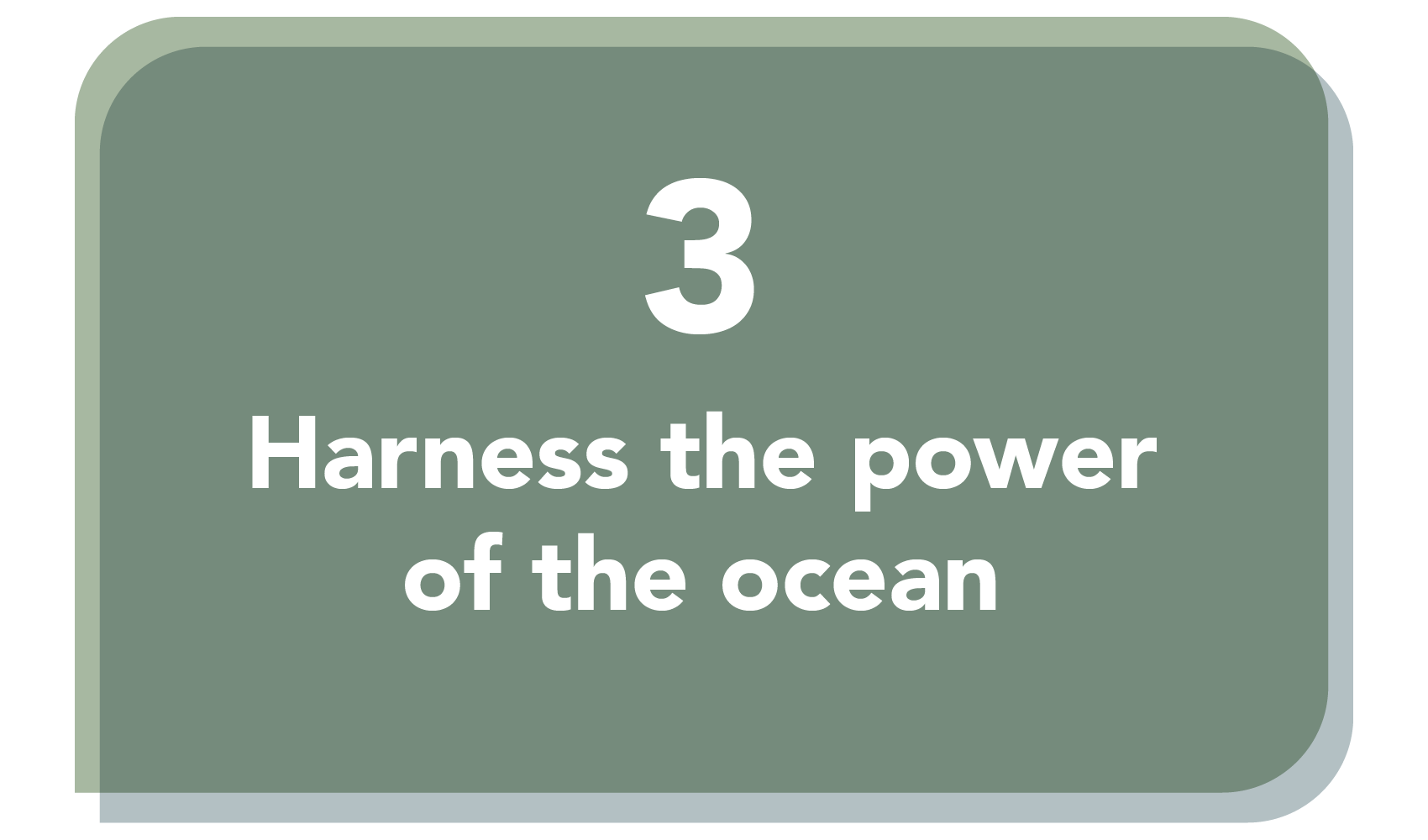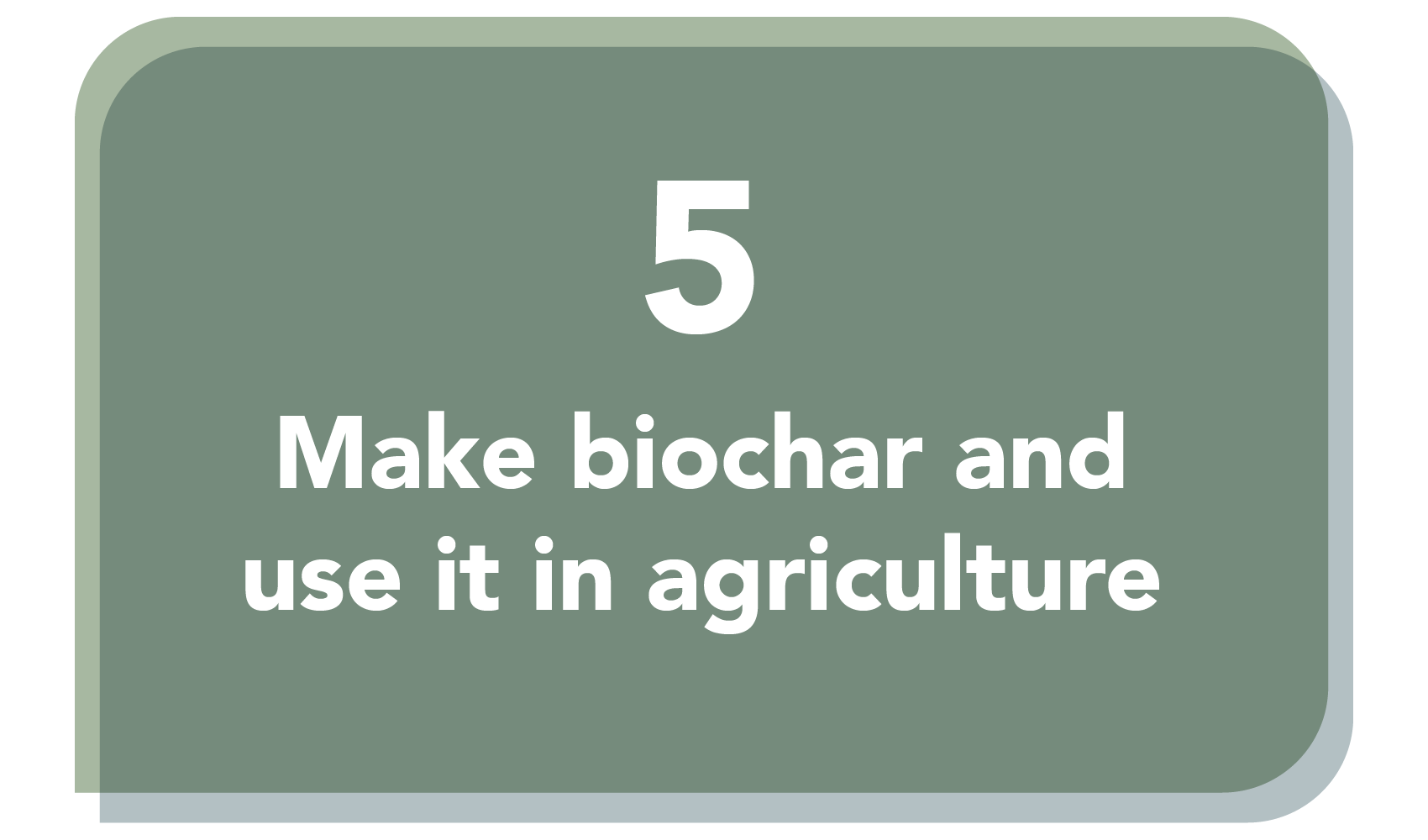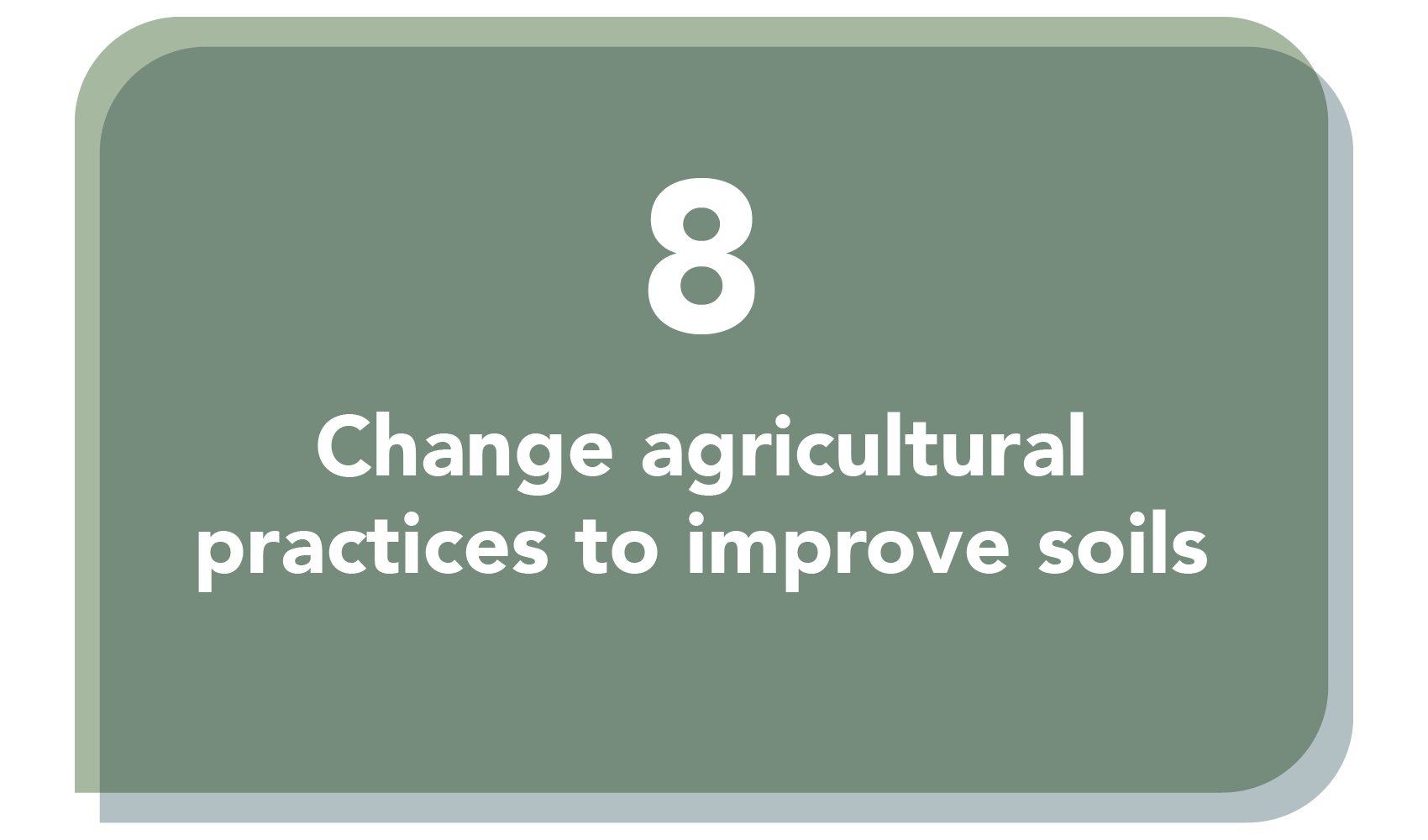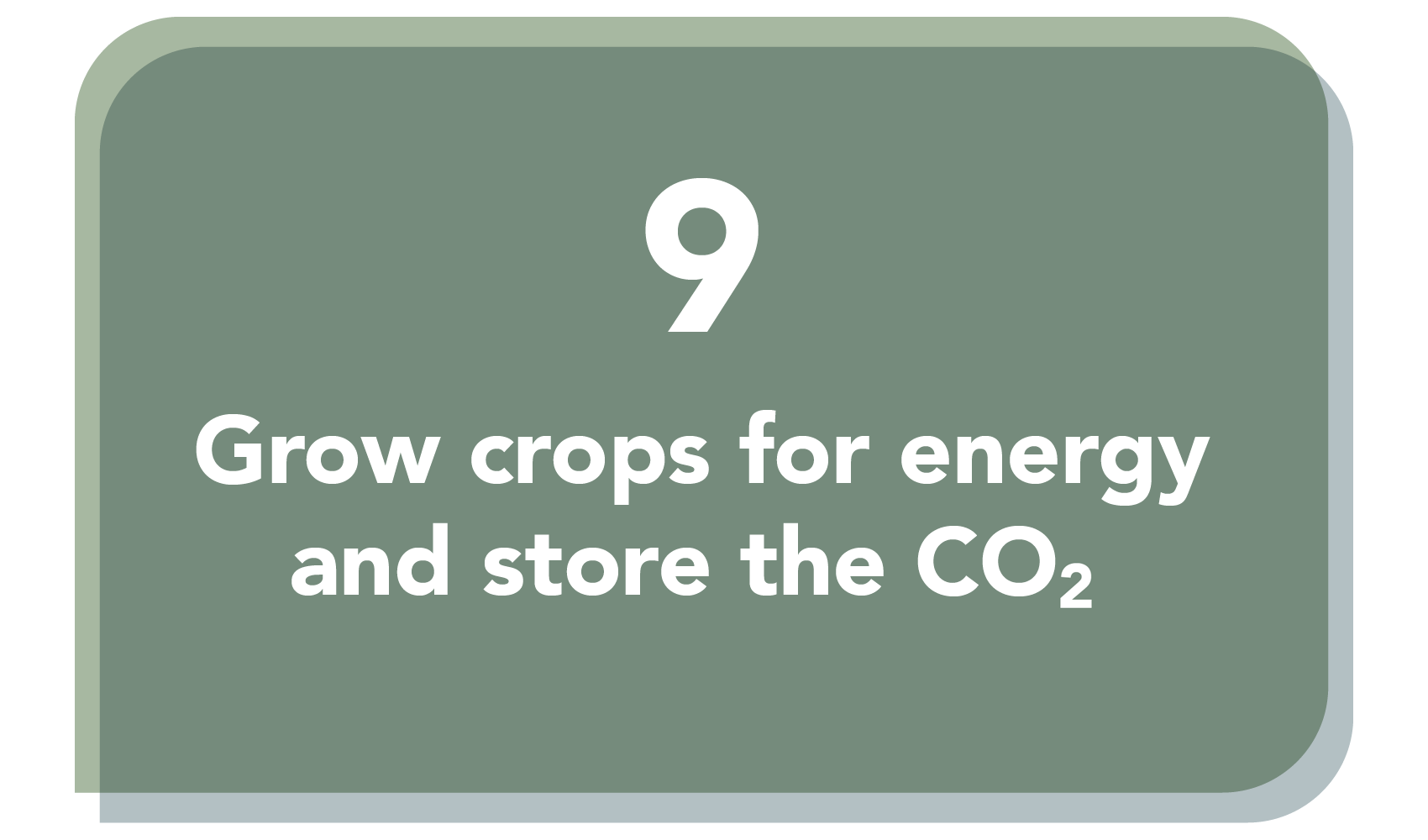
To avoid the worst impacts of climate change, temperature rise must be limited to 1.5°C, as stipulated in the global Paris Agreement.
To do so, carbon dioxide (CO2) emissions must be rapidly reduced and any remaining emissions removed from the atmosphere - reaching a state known as 'net zero'.
Science shows that the world needs to reach net zero by mid-century. The UK has set a legally binding target to get to net zero greenhouse gas emissions by 2050.


The biggest thing the world can do to reach net zero is to reduce emissions. This can be achieved through a range of measures, like investing in renewable technologies, electrifying transport and heat, boosting energy efficiency and changing agricultural practices.

But while there are many ways to reduce and even fully avoid emissions, there are some activities - such as cement production and aviation - where cutting emissions to zero by 2050 will be very hard.

Carbon Dioxide Removal involves capturing CO2 from the air and storing it for decades to millennia. The storage can be on land, in the ocean, in geological formations or in products.

CDR refers to a range of different methods: some are about managing land more sustainably – ecological restoration or changing agricultural or forestry practices, which come with carbon storage benefits. Others require more technological solutions used in industry alongside energy or materials production, for example.
CDR is an evolving field because our understanding of how to do CDR sustainably, and how much carbon could potentially be removed and stored using these methods, is evolving. Innovations are emerging and our understanding is increasing.
Removal methods can carry environmental, social and economic benefits and risks, and are subject to important governance challenges.
It’s therefore important to better understand these benefits and risks and consider a range of options, as not every technique will be appropriate for every situation.
Decisions will need to be made about the best methods to use, where, when, and how much.

CO2RE is the UK’s national multidisciplinary research hub on GGR, working with five demonstrator projects around the UK that are each investigating a specific GGR method.
This story takes you on a journey through a range of techniques to remove CO2 from the air, referencing some of the demonstrators who are at the forefront of the field










